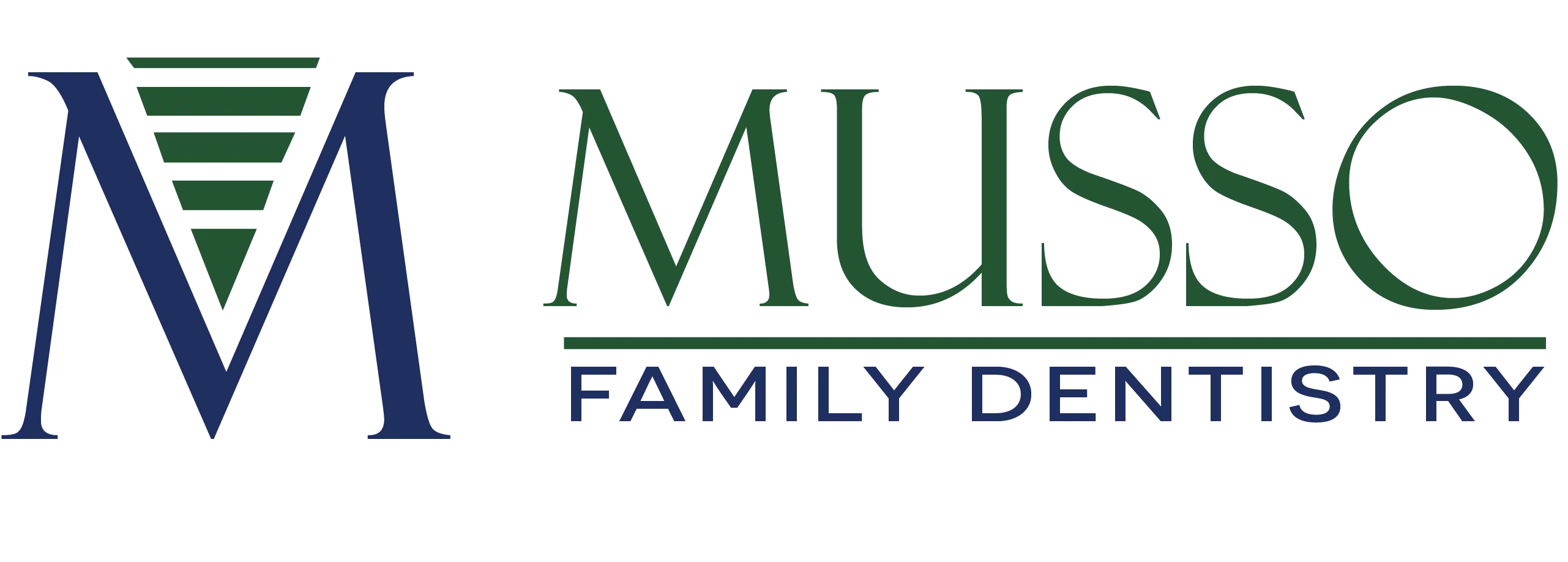Tooth Extractions
Tooth extraction is a standard procedure performed by our dentists in Garland, TX, involving the removal of a tooth from its socket in the jawbone. This procedure may be necessary for various reasons, such as severe tooth decay, advanced gum disease, orthodontic treatment needs, or impacted teeth that cannot erupt properly. The extraction process includes administering local anesthesia to numb the area, carefully loosening the tooth from its socket, and removing it.
Tooth extractions in Garland, TX are essential as they help prevent the spread of infection, alleviate pain, and create space for orthodontic treatment or dental prostheses. Properly extracting problematic teeth can protect oral health, prevent complications, and contribute to adequate dental care and future restorative options.
Types of Tooth Extractions
Simple Extractions
Simple extractions are performed on teeth that are fully erupted and visible in the mouth. This procedure is typically performed in a dental office under local anesthesia to numb the area around the tooth, ensuring a painless experience for the patient. The dentist begins by using a specialized instrument called an elevator to loosen the tooth from its socket in the jawbone. Once the tooth is sufficiently loosened, the dentist employs forceps to grasp it and carefully remove it from the socket.
Simple extractions are generally straightforward and can often be completed in minutes. After the extraction, our dentist will provide post-operative care instructions, which may include guidelines for managing discomfort or swelling and recommendations for oral hygiene during the healing process. Simple extractions are commonly used for teeth that are decayed, damaged, or not restorable, providing a quick solution to relieve pain and prevent further dental issues.
Surgical Extractions
Surgical extractions are more complex and are required for teeth that cannot be easily accessed or removed, such as impacted teeth, teeth that have broken below the gum line, or those located in difficult positions. This procedure is often performed in a dental-surgical setting, and patients may be given sedation or general anesthesia to ensure their comfort throughout the process.
The dentist begins by making an incision in the gum tissue to expose the tooth and the surrounding bone. The dentist may also need to remove a small amount of bone to access the tooth. Sometimes, the tooth may be sectioned into smaller pieces for easier removal. After the tooth has been extracted, the dentist cleans the extraction site and may place stitches to promote proper healing.
Surgical extractions are essential for addressing teeth that risk spreading the infection or causing crowding or other dental complications. Recovery from surgical extractions may take longer than simple extractions, and patients are typically provided with detailed aftercare instructions to ensure a smooth healing process.
Reasons for Tooth Extractions
- When tooth decay progresses beyond repair, it can cause significant damage to the tooth structure. Extraction may be the only option to prevent infection and further complications if a tooth is too damaged to be restored with a filling or crown.
- Periodontal disease can lead to the loss of supporting bone and tissue around a tooth. If the damage is extensive and the tooth becomes loose, extraction may be needed to preserve the health of the surrounding teeth and gums.
- Teeth that cannot fully erupt through the gum line, such as wisdom teeth, can become impacted. This can cause pain, infection, and alignment issues. Surgical extraction may be necessary to alleviate these problems.
- In some cases, extracting one or more teeth may be required to create space for proper alignment and positioning of the remaining teeth during orthodontic treatment.
- Teeth that are severely fractured, especially those that extend below the gum line or cannot be repaired with a crown, may need to be extracted to prevent infection and alleviate pain.
- When there is insufficient space in the jaw for all the teeth, removing one or more teeth can help address overcrowding and improve the alignment and function of the remaining teeth.
The Tooth Extraction Procedure
The tooth extraction procedure in Garland, TX, begins with a comprehensive evaluation by our dentist, who assesses the condition of the tooth and the surrounding oral structures. During this initial visit, the dentist will take X-rays or 3D images to understand the tooth's position, root structure, and potential complications.
Based on this evaluation, the dentist will determine whether a simple or surgical extraction is required. They will also discuss the procedure with the patient, explaining what to expect and addressing concerns. Anesthesia options will be reviewed to ensure the patient's comfort throughout the extraction process.
Once the anesthesia has taken effect, the dentist will proceed with the extraction. For a simple extraction, the dentist will use specialized tools to loosen the tooth from its socket and remove it using forceps. This process is typically straightforward and involves minimal discomfort for the patient.
For a surgical extraction, which is needed for more complex cases, the dentist will make an incision in the gum tissue to access the tooth and may need to remove some surrounding bone. The tooth may be sectioned into smaller pieces to facilitate easier removal. This type of extraction is more complex and may require stitches to close the incision.
The dentist will provide detailed aftercare instructions to ensure proper healing and minimize complications after the extraction. This typically includes guidelines on managing pain, swelling, and bleeding, as well as diet and oral hygiene recommendations. Patients should avoid strenuous activities and use cold compresses to reduce swelling. Maintaining good oral hygiene and following the dentist's instructions are crucial for a smooth recovery and infection prevention. Regular follow-up appointments may be scheduled to monitor the healing process and address concerns. Contact us today to learn more.
If you're dealing with tooth pain or infection or need space for orthodontic treatment, our expert team is ready to assist with a comfortable and efficient tooth extraction. Visit Musso Family Dentistry at 513 W. Centerville Rd, Garland, TX 75041, or call (972) 840-8477 to discuss your needs and explore your options for maintaining your oral health and restoring your smile.
Braces
Clear Aligners
Botox
Cosmetic Dentistry
Dental Implants
Sleep Apnea Therapy
Dental Veneers
Dental Technology
Chairside Monitors
Cone Beam CT Imaging
Intraoral Cameras
iTero® Intraoral Scanner
Panorex X-Rays
Your First Visit
Dental Cleanings and Exams
General and Family Dentistry
Wax-Up Tooth Models
Night Guards
Tooth-Colored Dental Fillings
Dentures and Partials
Dental Crowns
Dental Bridges
Restorative Dentistry
Orthodontics
Root Canal Therapy
Periodontal Therapy
Oral and Systemic Health
Pediatric Dentistry
Snoring Therapy
TMJ Therapy
Sedation Dentistry
Products
Digital X-Rays
Smile Makeover
Teeth Whitening
Tooth Contouring
Dental Bonding
Visit Our Office
Office Hours
- MON7:00 am - 4:30 pm
- TUE7:00 am - 4:30 pm
- WED7:00 am - 4:30 pm
- THU7:00 am - 4:30 pm
- FRIClosed
- SATClosed
- SUNClosed

